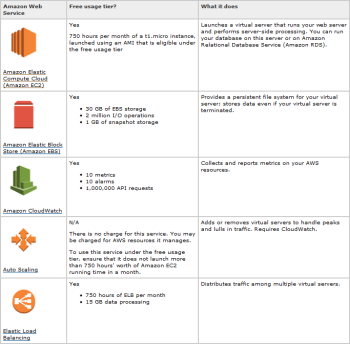

The location map shows exact locations of exposures and the number of exposures in the area. The environment was also enhanced by adding an always-free load balancer and configuring the web traffic to go over SSL.įigure 2. They registered a public domain for the exposure application: altistumiset.fi. This was perfect timing, “because the number of exposures suddenly grew.”Īfter the first version of the application went live, the team made several subsequent improvements. “Both applications went into production just 10 days after the decision was made to build them,” Helskyaho said. That went quickly using the low-code platform. All that was left to do was build a web application on top of the data.

The team used Oracle APEX SQL Workshop, Oracle SQL Developer and Oracle SQL Developer Data Modeler to design the database data model and store the data. To make it easy for volunteers, raw data is loaded from Excel spreadsheets into the ATP database by dragging and dropping them using Data Workshop in APEX, and the app does the rest on its own. The data maintenance application would require credentials, while the application for viewing the data would be available to the public. They built two applications: one for inserting and maintaining exposure data, and another for viewing the data. Crucially, the database service comes equipped with a popular low-code development environment, called Oracle Application Express, or APEX, for building and hosting the kind of web-based, data-driven application the volunteers envisioned.

The free service provided two databases, each with 1 OCPU and 20 GB storage. Helskyaho pointed them to Oracle Cloud’s Always Free Tier, which would allow them to build and host their site and would require no funding or licenses.Ī few volunteers from Helskyaho’s firm jumped in to set up the always-free version of a database service on Oracle Cloud. The volunteers’ first attempt to collect and present the data was too labor intensive, so they were looking for a better alternative. In September 2020, Heli Helskyaho got a call from Finnish volunteers who were looking to collect COVID-19 exposure data in a blog and report it on Twitter. Here are three developers using these kinds of always-free services to build and maintain highly useful apps: Build and Run a Data-Driven Website Heck, you can even run WordPress or spin up a Minecraft server on some of them if you want to. These can be powerful enough for developers to use as proof-of-concept projects or ongoing testing and analytics. Existing customers can also get free short-term access to a smaller number of services to test and train on before deciding whether to buy.īut many of these vendors also offer a version of their services in a “free tier” that remains free forever.
#CLOUD STORAGE FREE TIER FULL#
The goal, of course, is to hook them with tasty functionality and keep them as paying customers for the long haul.įree services from Oracle, Amazon, Azure, Google and others usually break down something like this: New customers can get a few hundred dollars of free credits to use full versions of cloud services until they burn through those credits. To entice developers to their platforms, cloud providers all offer free versions of a selection of their cloud services. You can follow him on twitter where you will likely see posts on Zen, intriguing tech, soccer and open water swimming. Jeff is director of tech content at Oracle.


 0 kommentar(er)
0 kommentar(er)
